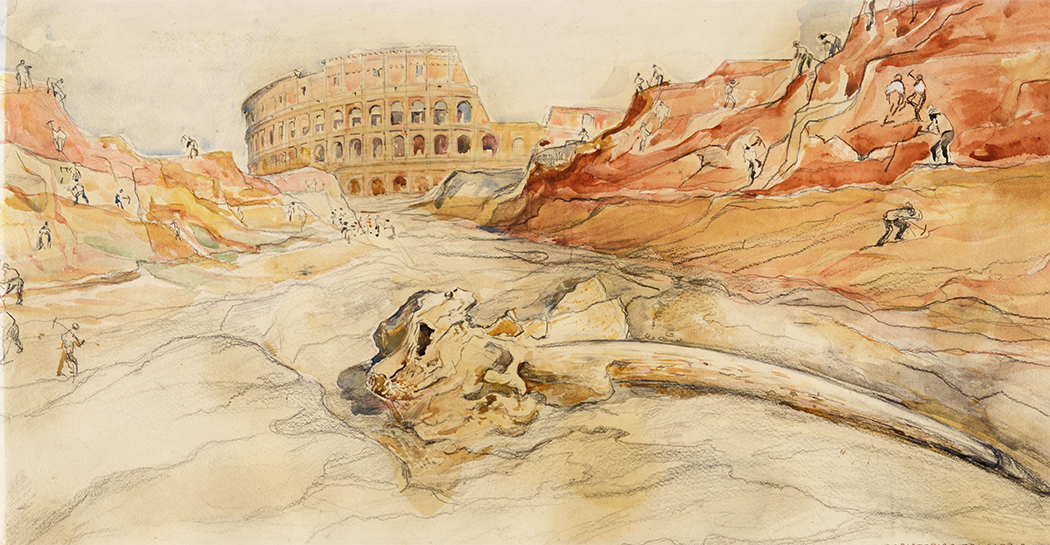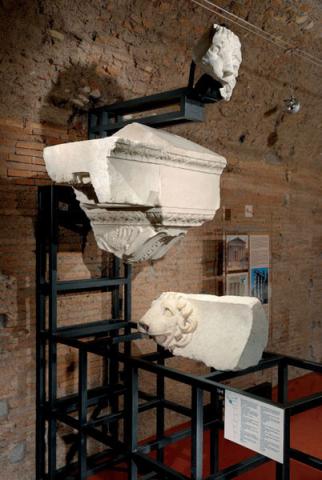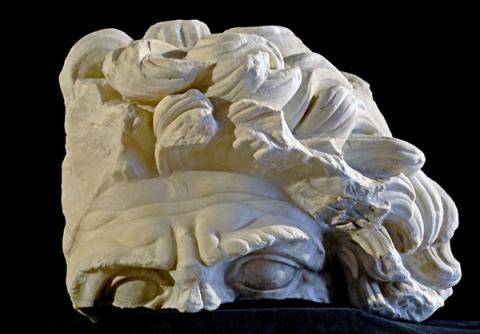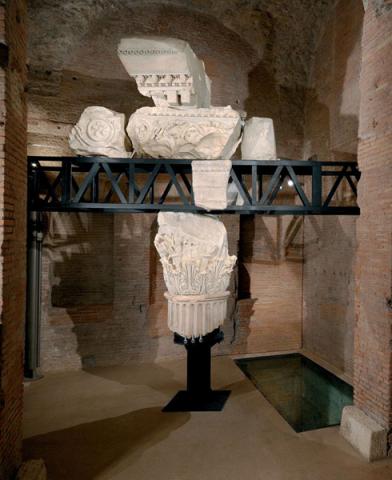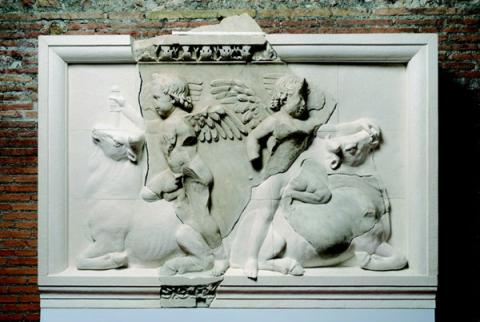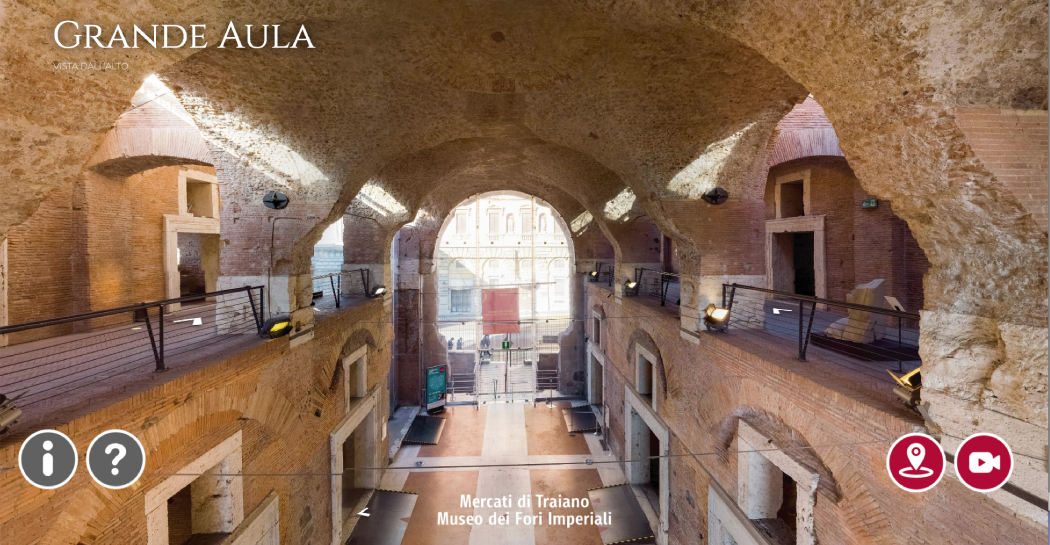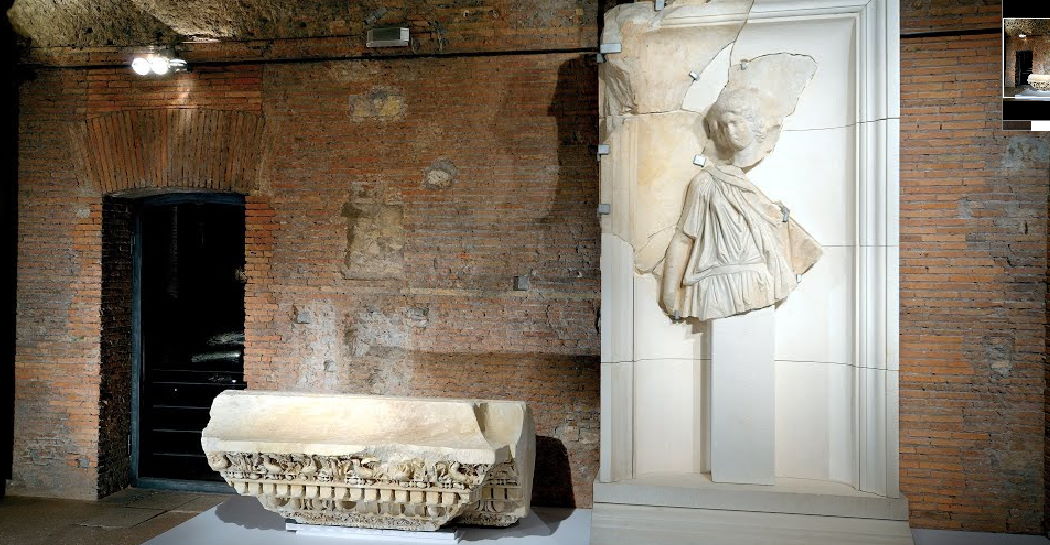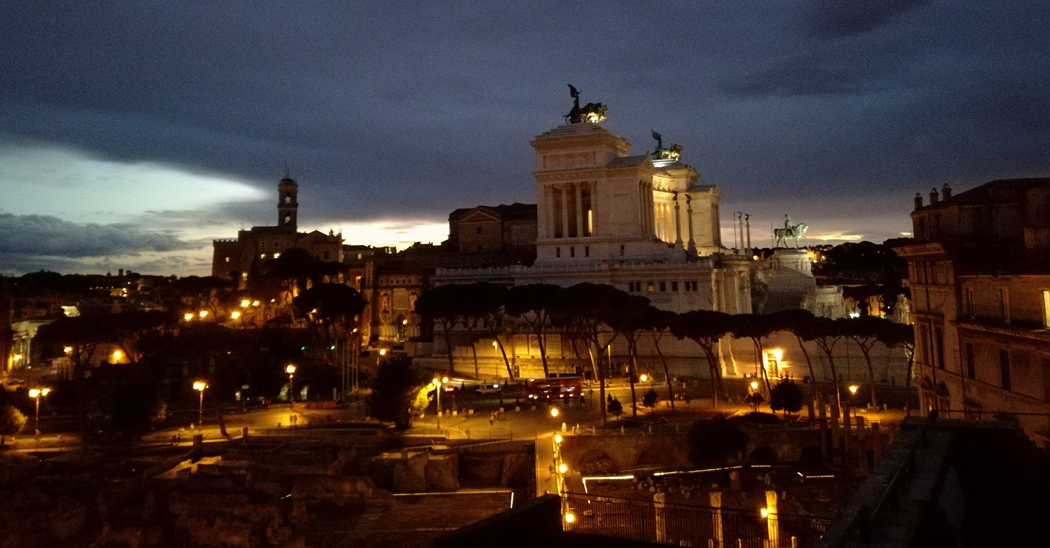The Conference of 31 January 2023
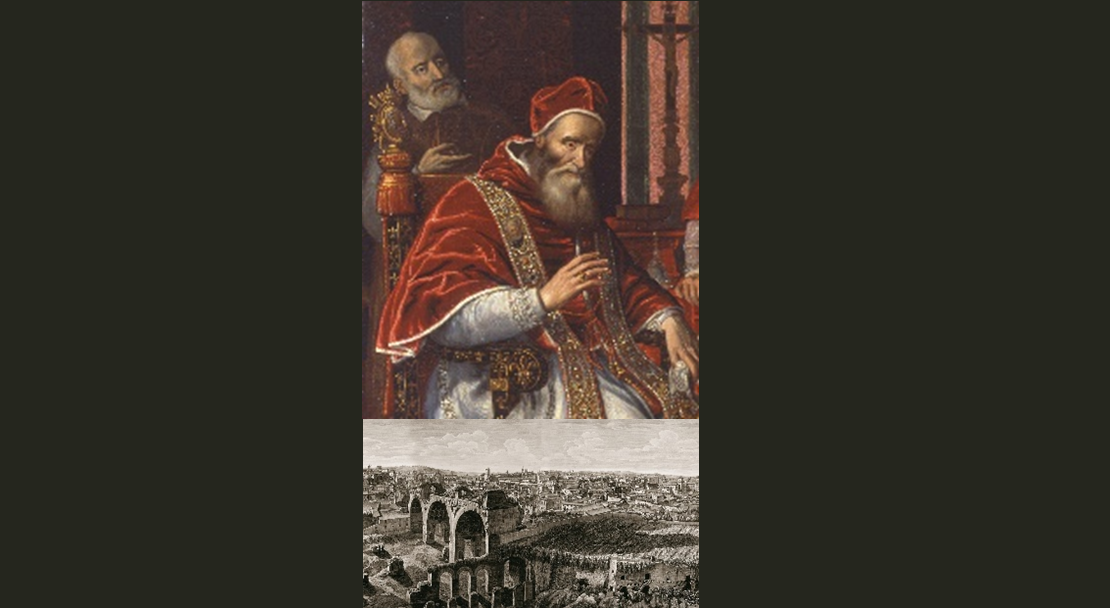
Eleonora Ronchetti: Una residenza degna di un cardinale. Eurialo Silvestri e la sua collezione di antichità.
Alessandro Cremona: Il palazzo con giardino ad Templum Pacis: una vicenda lunga quattro secoli.
Una residenza degna di un cardinale. Eurialo Silvestri e la sua collezione di antichità
With an expected appointment as a cardinal in mind, Eurialo Silvestri, Pope Paolo III's private secretary, began in 1542 to build a palace on the collina della Velia, 'a lato à quelch era anticamente detto Templum Pacis'. He called the greatest artists of the time to work there, making it a sumptuous residence in which, according to the cultural model in vogue, a collection of ancient sculptures could not be missing, seen between the end of 1549 and the early months of 1550 by the Bolognese naturalist Ulisse Aldrovandi, to whom we owe a precious and detailed description of that collection which, together with the palace, has remained largely unknown due to the personal and political events that affected its owner.
Eleonora Ronchetti graduated and specialised in Archaeology and History of Greek and Roman Art at the University of Rome La Sapienza.
Since 2000, she has been working at the Sovrintendenza Capitolina, where she currently holds the position as a Curator of Cultural Heritage in the Artistic Heritage Department of the historic villas. She is the author of various scientific articles. In 2009 she published in the special issue of Ricerche di Storia dell'arte dedicated to Palazzo Silvestri Rivaldi the following editorial: Sulla collezione di antichità di Eurialo Silvestri.
Il palazzo con giardino ad Templum Pacis: una vicenda lunga quattro secoli
The current Palazzo Rivaldi is all that remains from the continuous transformation of a reality that has been stratified over almost five centuries of history. The numerous passages of possession, whether dominical or usufructuary, have imposed changes, implementations or losses to such an extent that it is difficult to carry out a sequential reconstruction covering the image of the complex over the different periods. Detailed study of the figures of the individual owners and commissioners has so far made it possible to identify an initial reconstruction of these vicissitudes, starting with the person responsible for the first construction, Eurialo Silvestri, whose biographical events have made it possible to further specify the phases of construction, passing through the successive 'cardinal' owners, Alessandro de' Medici, Lanfranco Margotti and Carlo Emanuele Pio di Savoia, up to the socio-educational use of the Conservatorio delle Mendicanti and finally of the Pio Istituto Rivaldi, which determined its final layout, at least in the part that has survived the violent urban transformations and neglect of recent decades.
Alessandro Cremona, an art and garden historian, works at the Historic Villas Heritage Department of the Sovrintendenza Capitolina. He has long been involved in the management and development of important public gardens in Rome, including the Pincio and Gianicolo passeggiate and Villa Celimontana. On these complexes, and more generally on the history of monumental gardens in Rome, he has published numerous studies and presented research at various international conferences and meetings. He is also interested in landscape painting between the 17th and 19th centuries. He co-curated the exhibitions Gioacchino Ersoch (1815-1902). Un architetto per Roma Capitale (2015) and Raffaele de Vico (1881-1969) architetto e paesaggista (2018) both held at the Museo di Roma-Palazzo Braschi, and in 2022 the exhibition Frammenti di Paradiso: Giardini nel tempo at the Reggia di Caserta. In 2009 he coordinated the monographic issue of Ricerche di Storia dell'Arte (97) dedicated to Palazzo Silvestri-Rivaldi in Rome.
The conferences will be followed by a visit to the exhibition 1932, l’elefante e il colle perduto
The conferences are recorded and put online on the FB page of the Mercati di Traiano the following week
Information
January 31 at 15.30, duration 90' (1h conference + 30' visit to the exhibition)
Participation with payment of the entrance ticket according to the current rates
Reservation required on 060608 (every day 9.00-19.00)
Maximum 30 participants
1010561
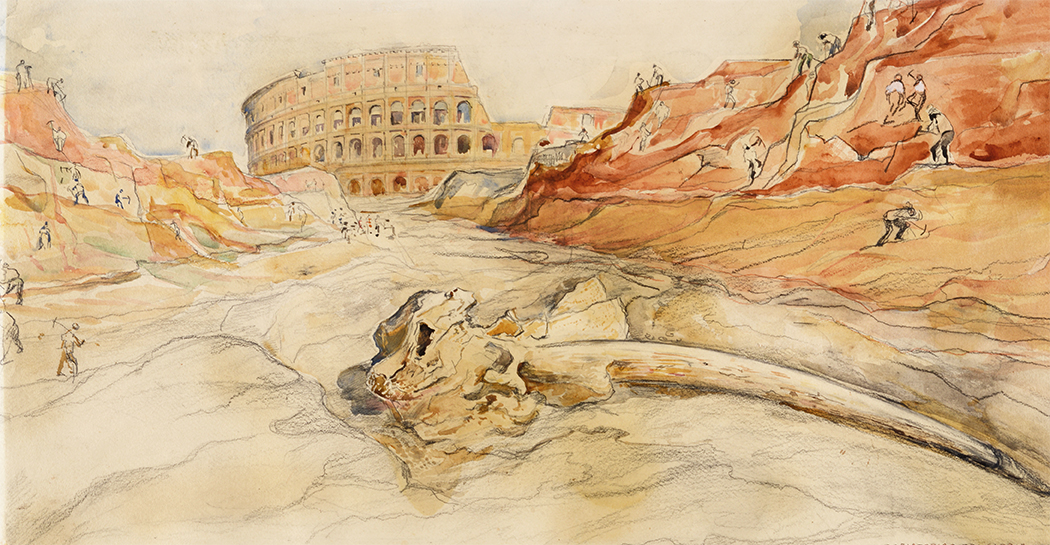
Eventi correlati
1012299
